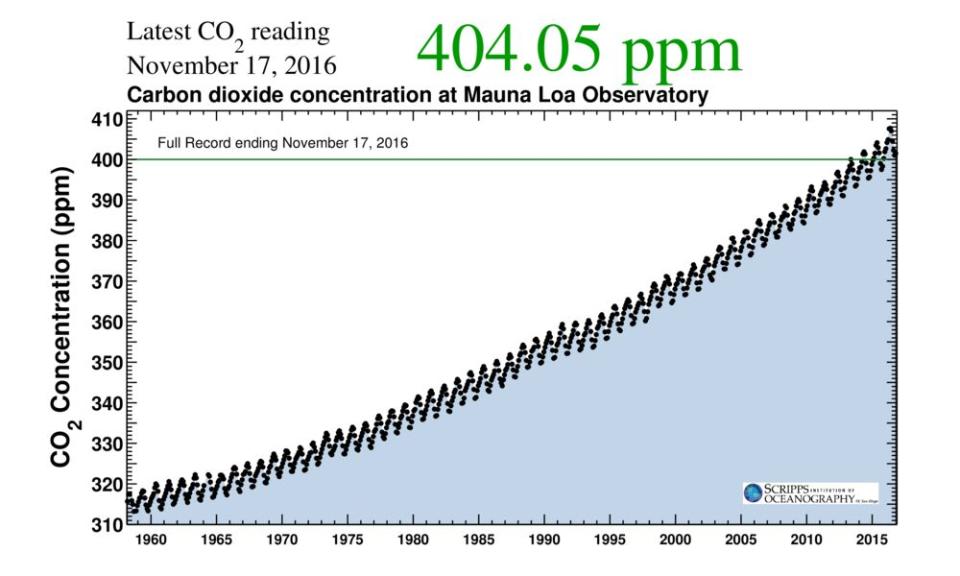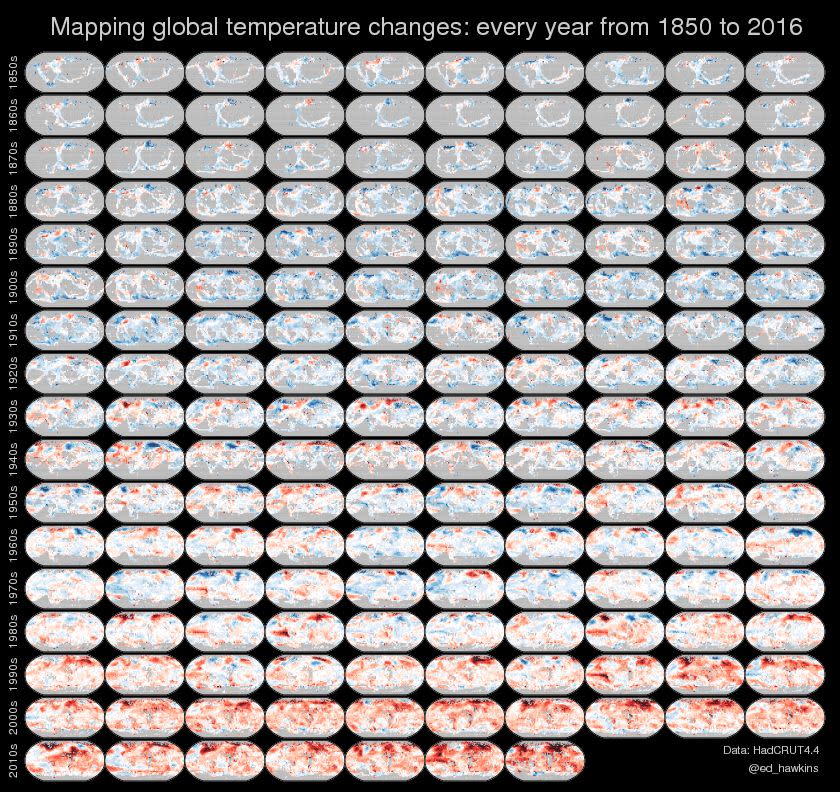How Can Anyone Be Anti-Science When Bill Nye And Neil deGrasse Tyson Are Around?
According to Bill Nye, the “anti-science days are winding down.”
He said as much in an email to HuffPost on Sunday, citing education policy’s commitment to advancing science, technology, engineering and mathematics (STEM) fields. He hopes those vocational interests will blossom in the coming decade.
Nye is on a mission to stymie the science-resistance rhetoric that has seized the world in years since his kid-friendly television program, “Bill Nye: The Science Guy,” went off the air in 1999. The above clip, exclusive to HuffPost, hails from a new documentary, “Bill Nye: Science Guy,” in which Nye explores the skepticism non-believers bring to discussions of climate change and related concepts. He discusses these doubtful tendencies with another science guy, astrophysicist Neil deGrasse Tyson.
“The current notion that it’s OK to reject science, that one’s opinion is as good as objective evidence, stems largely from the fossil fuel industry, which has successfully introduced the idea that skepticism and critical thinking are the same as doubt,” Nye told HuffPost. “An uncertainty of 2 percent is somehow the same as [about] 100 percent.”
“Climate change has become apparent to everyone though,” he added. “There have been extraordinary storms and extraordinary fires. It is 76 degrees in New York this weekend in October. So, we can be hopeful that this trend will be reversed. What concerns me now though is the timing. Will young people, who embrace science and the overwhelming evidence of climate change, be able to effect changes in the way we produce electricity soon enough to prevent the displacement of billions of people around the world? We will see.”
“Bill Nye: Science Guy” opens in New York on Oct. 27 and expands to additional cities in the following weeks. It will air on PBS in 2018.
Also on HuffPost
Our carbon footprint says it all.

Year over year, the trend becomes more obvious.

Spiralling global temperatures | updated to August 2016: https://t.co/rPSSxkS2mn pic.twitter.com/yMo0GNAsxk
— Ed Hawkins (@ed_hawkins) September 30, 2016
Another 2016 record—August tied w/ July for warmest in 136 years: https://t.co/69uzcZP2BX #dataviz #climatechange pic.twitter.com/jWkGiabPiP
— Joshua Stevens (@jscarto) September 12, 2016
2016 #Arctic sea ice minimum ties with 2007 for 2nd lowest. https://t.co/BGLZYZvGMY pic.twitter.com/vJghT6HGDc
— Arctic Sea Ice News (@NSIDC_ArcticIce) September 15, 2016
Love HuffPost? Become a founding member of HuffPost Plus today.
This article originally appeared on HuffPost.

